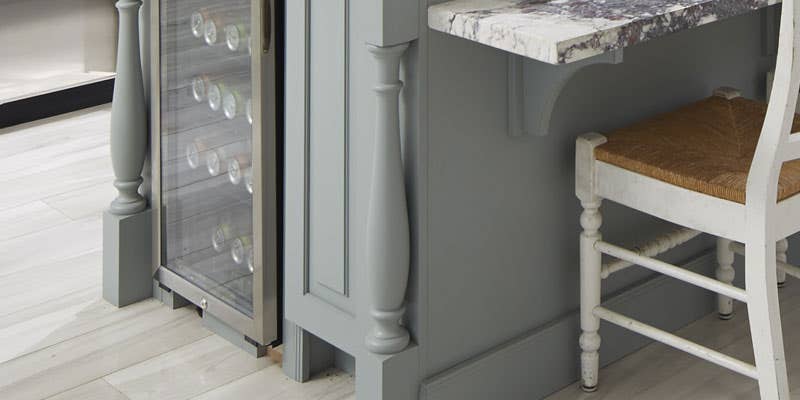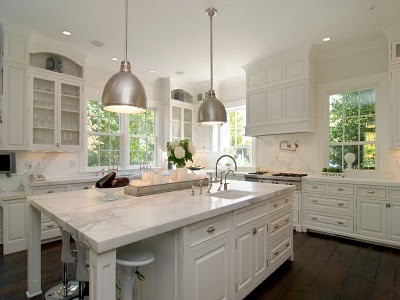Personalize Your Kitchen Look with Unique Legs For Kitchen Island Choices
Personalize Your Kitchen Look with Unique Legs For Kitchen Island Choices
Blog Article
Crucial Variables to Take Into Consideration When Choosing Legs For Kitchen Area Island
Selecting the appropriate legs for a cooking area island includes a cautious assessment of numerous aspects that can substantially influence both functionality and visual charm. Among these, the selection of material plays a pivotal duty in making sure sturdiness, while the design has to match the existing design. Factors to consider such as height and weight support are vital for security and convenience. As we explore these components, it becomes clear that each choice can have significant ramifications for the total cooking area experience. What nuances should be taken into consideration in each of these categories to accomplish the excellent balance?
Product Options
When picking legs for a kitchen island, comprehending the different material alternatives is essential for achieving both visual appeal and structural honesty (Legs For Kitchen Island). The selection of material considerably influences not just the longevity of the island but also its overall layout and functionality
Timber is a prominent choice, offering warmth and convenience. Strong woods, such as oak or maple, supply strength and can be discolored or repainted to match the kitchen style. Metal legs, commonly made from stainless steel or functioned iron, contribute a modern-day and industrial feel while making sure resilience and security. These products are resistant to put on and can sustain substantial weight, making them optimal for larger islands.
An additional option is engineered products, like MDF or plywood, which can be a lot more cost-efficient while still providing a series of surfaces. They might not provide the very same degree of stability as solid wood or steel. Legs For Kitchen Island. Lastly, products such as acrylic or glass can develop a contemporary look, though they might require added support to guarantee stability.
Inevitably, the option of product for kitchen island legs should straighten with the wanted functionality and the overall theme of the kitchen.
Style and Style

When thinking about style, the shape and surface of the legs are essential. Conical legs can supply a sense of agility and beauty, while thicker, more durable legs can communicate toughness and security. Additionally, the coating-- be it painted, discolored, or all-natural-- need to match the cabinetry and counter top materials to develop a unified appearance.
Moreover, the design of the legs can also mirror individual preference. Customized or decorative legs, such as those including intricate carvings or unique geometric shapes, can function as prime focus, adding personality and personality to the kitchen area. Inevitably, the best selection will not just enhance capability however likewise boost the visual allure, making the kitchen area island a standout feature of the home.
Height Considerations
Selecting the ideal elevation for kitchen island legs is important, as it straight affects both performance and comfort. The basic height for a cooking area island usually ranges from 36 to 42 inches, aligning with usual countertop heights. A 36-inch elevation is suitable for cooking and cooking, allowing for comfy use of kitchen area home appliances and devices. Conversely, an elevation of 42 inches is commonly favored for islands intended for bar seats, fitting taller stools and providing an informal eating experience.

It is likewise necessary to represent individuals' heights and preferences. Tailoring the height can make sure a comfy experience for all member of the family, making the cooking area island a much more satisfying and useful space.
Weight Assistance
Making sure sufficient weight assistance for kitchen island legs is important for both safety and security and capability. The kitchen island commonly offers several purposes, including food prep work, dining, and added storage space, demanding a robust support structure. When selecting legs, it is critical to think about the total weight ability required based on the island's planned usage and the materials that will be positioned on it.
The choice of product for the legs plays a considerable function in their weight-bearing capacities. Strong timber, steel, and durable composites typically supply remarkable stamina compared to go now lighter materials. In addition, the design of the legs-- whether they are directly, tapered, or have a pedestal form-- can influence their ability to disperse weight effectively across the framework.
Always get in touch with the supplier's specs concerning lots limits to ensure that the legs can maintain the desired weight without jeopardizing safety and security. In recap, picking kitchen area island legs with sufficient weight assistance is important for developing a practical and safe culinary space.
Installation and Maintenance
Appropriate installment and upkeep of kitchen area island legs are important for guaranteeing durability and security. To start, it is essential to adhere to the manufacturer's guidelines during installation. This typically involves protecting the legs to the space station making use of ideal bolts, making sure that the legs are level and lined up. Utilizing a degree device can aid stop tottering Going Here and boost the overall visual charm of the cooking area island.
Once installed, routine upkeep is necessary to protect the stability and look of the legs - Legs For Kitchen Island. For wood legs, periodic cleaning with a moist fabric and application of ideal timber gloss can stop dampness damage and keep their coating. Metal legs might need a mild cleansing service to get rid of oil and gunk, complied with by a dry towel to stop rust formation
In addition, inspect the legs consistently for indications of wear or damages, such as fractures or loose joints. Tightening you could try these out up screws or screws as needed can additionally extend the lifespan of the legs. By sticking to these installation and maintenance practices, homeowners can ensure that their kitchen area island remains strong and aesthetically appealing for many years ahead.
Conclusion

Visual coherence is extremely important in selecting the design and style of legs for a cooking area island, as these aspects significantly affect the overall ambiance of the room. Conical legs can provide a sense of lightness and elegance, while thicker, a lot more durable legs can convey stamina and security.Choosing the ideal height for kitchen island legs is crucial, as it directly impacts both performance and comfort. In recap, choosing kitchen area island legs with appropriate weight support is essential for producing a risk-free and practical culinary space.
In conclusion, selecting legs for a kitchen island demands cautious factor to consider of numerous factors, including material options, design, height, weight assistance, and installation.
Report this page